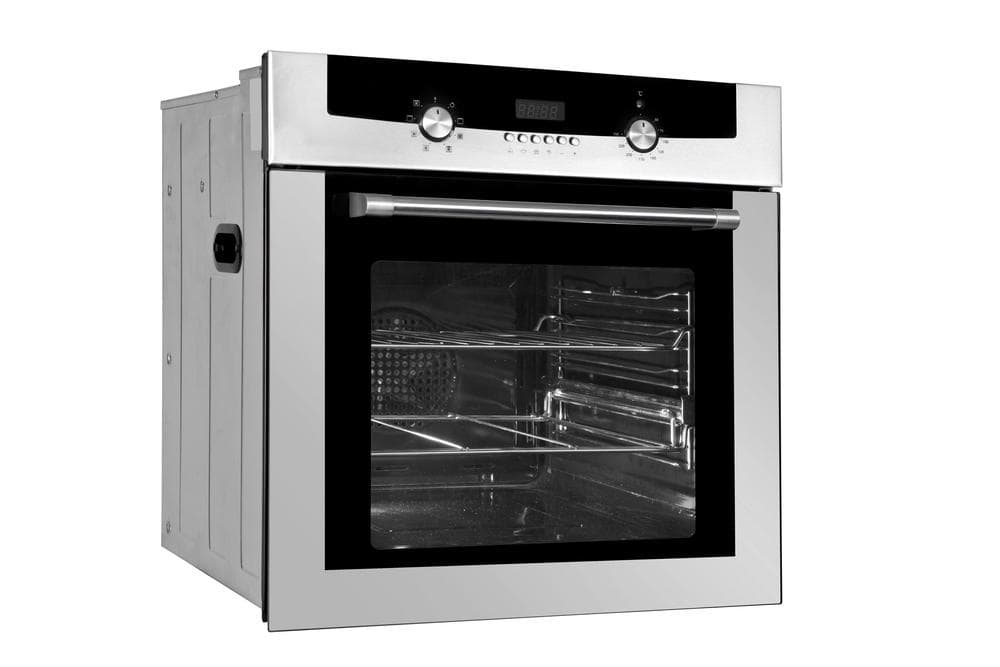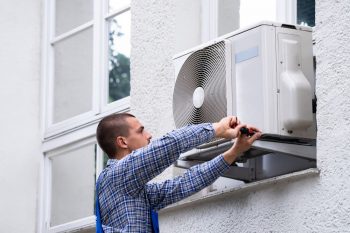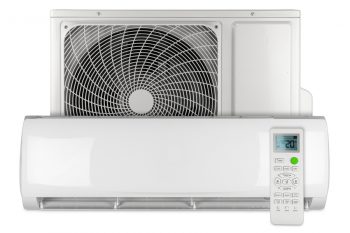
A gas oven is a reliable and efficient appliance that’s a staple in many kitchens. However, like all appliances, it can develop issues over time. One of the most common problems is a faulty gas oven igniter. In this comprehensive guide, we’ll delve into the signs of a bad gas oven igniter, how to troubleshoot it, and steps to replace it. This article is your one-stop-shop for all you need to know about gas oven igniters.
You can tell if your gas oven igniter is bad by observing a few key signs: a gas smell while running the oven, the igniter not glowing or glowing weakly, the oven not heating or taking too long to heat, an uneven or weak flame, and the igniter not drawing enough amps. Troubleshooting includes checking the power supply, visually inspecting the igniter, cleaning the igniter, checking for loose or damaged wires, and testing the igniter’s functionality. If these signs persist after troubleshooting, it may be time to replace your gas oven igniter.
Understanding Gas Oven Igniter Functionality
A gas oven igniter plays a crucial role in the oven’s operation. It works by heating up and drawing electrical current to open the oven’s safety valve, allowing gas to flow and ignite the burner. This process begins when the oven is turned on, and an electric current flows to the igniter. Once the igniter reaches a specific temperature, the oven safety valve opens the gas valve, allowing the igniter to light the gas burners inside the oven. The igniter continues to draw current even after the burner is lit to maintain the correct temperature and ensure safe operation.
Key Signs of a Bad Gas Oven Igniter
When your gas oven igniter is faulty, there are several telltale signs to look out for:
- Gas smell while running the oven: A faulty igniter can cause a poor air-to-fuel mixture, leading to a gas smell when the oven is running.
- Igniter not glowing or glowing weakly: A properly functioning igniter should glow bright orange within a few seconds of turning on the oven. If it doesn’t glow or glows weakly, it may be faulty.
- Oven not heating or taking too long to heat: If the igniter is not working correctly, the oven may not heat up or take longer than usual to reach the desired temperature.
- Uneven or weak flame: The oven burner should have an even flame on either side, with minimal orange tipping. If the flame is uneven or weak, it could indicate a problem with the igniter.
- Igniter not drawing enough amps: A properly functioning igniter should draw more than three amps and create ignition within 60 seconds or less.
Troubleshooting a Gas Oven Igniter
Before concluding that the igniter is the issue, it’s important to troubleshoot. Here’s how you can do it:
- Check the power supply: Ensure that the gas stove is properly plugged in, and the circuit breaker hasn’t been tripped.
- Visually inspect the igniter: Disconnect the gas supply and press the ignition button on your stove. Observe if the igniter sparks properly.
- Clean the igniter: Accumulated grime can prevent the igniter from sparking. Clean the igniter with a soft brush or cloth to remove any dirt or debris that might be interfering with its operation.
- Check for loose or damaged wires: Inspect the wires connecting the igniter to the appliance for any signs of damage or loose connections.
- Test the igniter’s functionality: With the power off, remove the oven racks and metal plate covering the gas burner and igniter. Plug the oven back in and watch to see if the igniter glows orange after turning on the oven. If it does not glow orange, the igniter may need to be replaced.
Replacing a Gas Oven Igniter
If you’ve determined that the igniter is indeed faulty, it’s time to replace it. Remember, if you’re uncomfortable with this process or if your oven is under warranty, it’s recommended to call a certified appliance repair person.
Here are the steps to replace a gas oven igniter:
- Turn off the gas supply and unplug the oven.
- Remove the oven racks and any panels or covers to access the igniter.
- Disconnect the old igniter by detaching the wires and removing any screws holding it in place.
- Position the new igniter carefully, as it is fragile and can be damaged easily. Secure it with screws and plug the wires or harness into the igniter.
- Test the new igniter before reassembling the oven to ensure it’s functioning correctly.
Conclusion
A gas oven is a valuable appliance, and taking care of it is crucial for its longevity. If you’re facing issues with your oven, don’t ignore them, especially if they involve the gas oven igniter. A faulty igniter can lead to gas leaks, incomplete combustion, and potential health risks. By recognizing the signs of a bad igniter, troubleshooting, and taking necessary action, you can ensure your oven remains safe and efficient.
Frequently Asked Questions
What is the average lifespan of a gas oven igniter?
The average lifespan of a gas oven igniter is typically around 6-8 years. However, this can depend on the frequency of usage and the care taken of the appliance.
Can I use any type of igniter to replace my faulty one?
No, you cannot. It’s crucial to get the correct igniter that matches your specific oven model. Using the wrong igniter can lead to inefficient operation or even safety hazards.
Is it safe to attempt replacing a gas oven igniter on my own?
If you are comfortable working with appliances and follow the safety precautions like unplugging the oven and turning off the gas supply, it can be safe. However, if you’re unsure or uncomfortable, it’s recommended to hire a professional.
How can I extend the lifespan of my gas oven igniter?
Regular cleaning and maintenance can help extend the lifespan of your igniter. Avoid heavy soiling of the oven and clean it regularly to prevent grime build-up, which can affect the igniter’s performance.
How much does it cost to replace a gas oven igniter?
The cost to replace a gas oven igniter can vary depending on the model of your oven and the cost of the igniter itself. It typically ranges from $150 to $250, including the service fee if you hire a professional.












